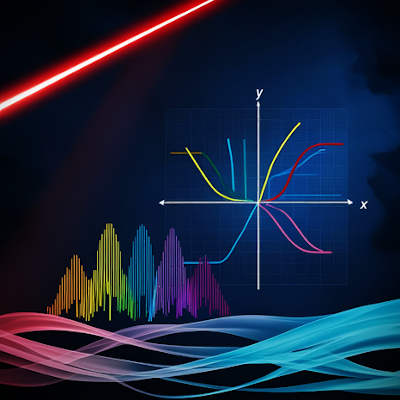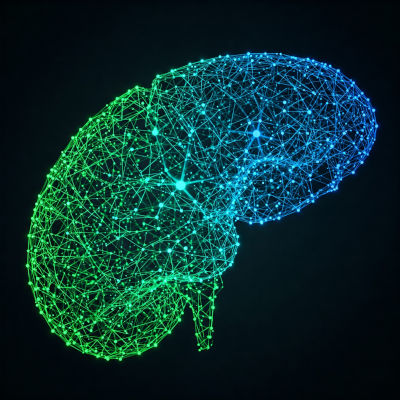Physical neural network learns and remembers ‘on the fly’ like neurons for low-energy machine intelligence
Nov. 02, 2023.
2 mins. read.
5 Interactions
Neuromorphic nanowire networks outperfom conventional artificial neural networks, avoiding heavy memory and energy usage
Scientists have developed a low-energy machine intelligence for complex, real-world learning and memory tasks. It opens a pathway for developing efficient, low-energy machine intelligence for more complex, real-world learning and memory tasks.
Published today in Nature Communications, the research is a collaboration between scientists at the University of Sydney and University of California at Los Angeles.
“The findings demonstrate how brain-inspired learning and memory functions using nanowire networks can be harnessed to process dynamic, streaming data,” said Lead author Ruomin Zhu, a PhD student from the University of Sydney Nano Institute and School of Physics.
Nanowire networks
The system uses nanowire networks that arrange themselves into patterns mimicking physical neural networks, like those in a brain. The networks can be used to perform specific memory and learning tasks, using simple algorithms that respond to changes in electronic resistance at junctions where the nanowires overlap.
This “resistive memory switching” function is created when electrical inputs encounter changes in conductivity, similar to what happens with synapses in a brain.
In this study, researchers used the network to recognize and remember sequences of electrical pulses corresponding to images, inspired by the way the human brain processes information.
Benchmark image recognition
The network was used to perform a benchmark image-recognition task, accessing images in the MNIST database of handwritten digits, a collection of 70,000 small greyscale images used in machine learning. The nanowire neural network displayed a benchmark machine learning capability, scoring 93.4 percent in correctly identifying test images.
The memory task involved recalling sequences of up to eight digits. For both tasks, data was streamed into the network to demonstrate its capacity for online learning and to show how memory enhances that learning.
Out-performing conventional artificial neural networks
The nanowire neural network can learn and remember “on the fly,”sensor for instance, sample by sample, extracting data online and thus avoiding heavy memory and energy usage.
“If the data is being streamed continuously, such as it would be from a sensor, for instance, machine learning that relied on conventional artificial neural networks would need to have the ability to adapt in real-time, which they are currently not optimized for,” Zhu said.
Citation: Zhu, R., Lilak, S., Loeffler, A., Lizier, J., Stieg, A., Gimzewski, J., & Kuncic, Z. (2023). Online dynamical learning and sequence memory with neuromorphic nanowire networks. Nature Communications, 14(1), 1-12. https://doi.org/10.1038/s41467-023-42470-5 (open-access)
Let us know your thoughts! Sign up for a Mindplex account now, join our Telegram, or follow us on Twitter.


.png)

.png)


.png)







0 Comments
0 thoughts on “Physical neural network learns and remembers ‘on the fly’ like neurons for low-energy machine intelligence”